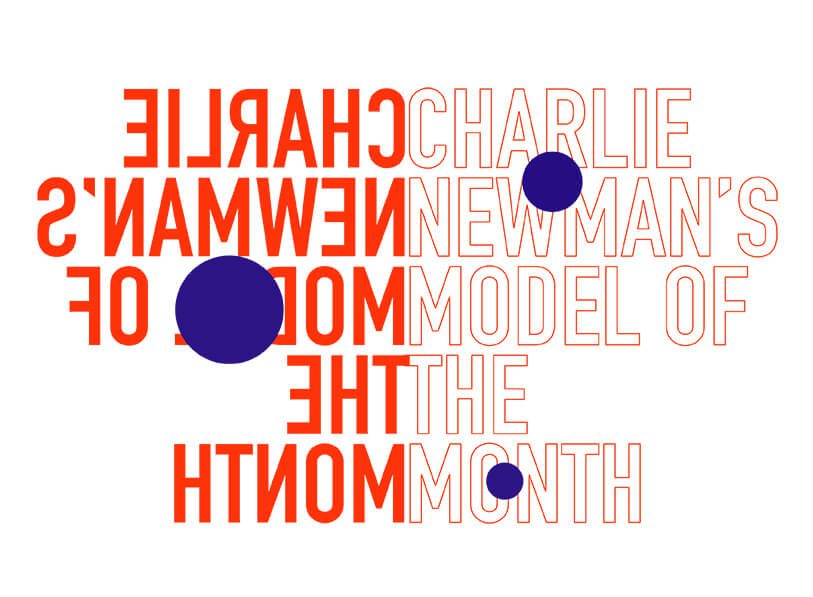
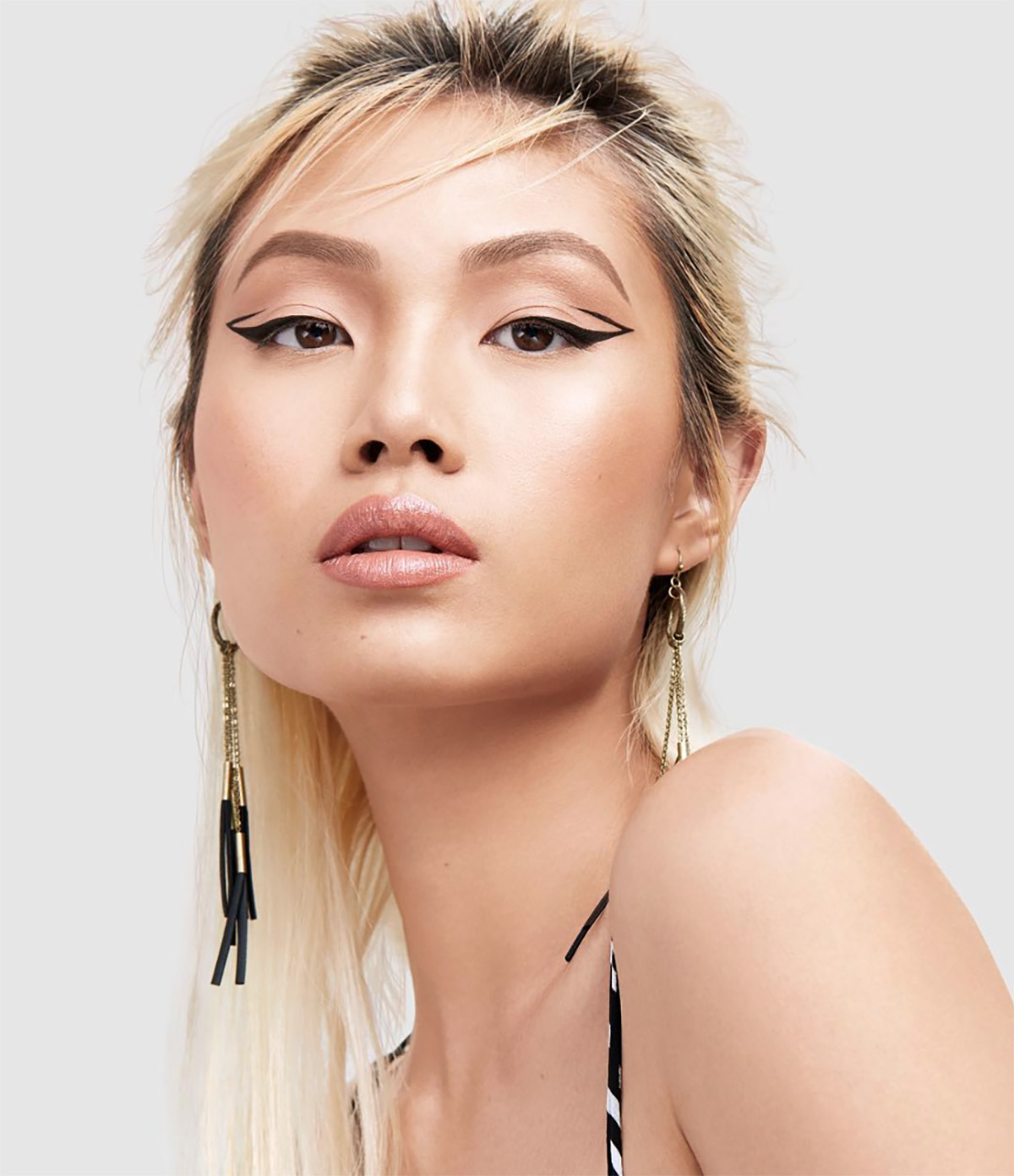
Model and entrepreneur Grace Cheng. Instagram: @gracepcheng
LUX contributing editor and model at Models 1, Charlie Newman continues her online exclusive series, interviewing her peers about their creative pursuits, passions and politics

Charlie Newman
THIS MONTH: 24-year-old Taiwanese/Chinese model Grace Cheng was born and raised in the suburbs of Los Angeles. She has appeared in numerous fashion campaigns and walked for the likes of Bottega Venetta, Moschino and Marc Jacobs. A year ago, she launched oatmeal company Mylk Labs by reinvesting her modelling earnings. She chats to Charlie about healthy eating, handling success and future ambitions.
Charlie Newman: Were you passionate about fashion and food as a child?
Grace Cheng: Not at all! I was a tomboy and never wanted to be a model, even though I stuck out as a lanky, tall girl. The most fashion I experienced was shopping every weekend at the mall! Never did I cook either – this was something I grew into when I was around 19.
Charlie Newman: So how and when did you get into modelling?
Grace Cheng: I was scouted at 17 and started modelling at 18. I never wanted to pursue it despite the many relatives and friends who told me I should, being the lanky, tall girl that I was and am! I had no idea what to expect and it kind of just fell into my lap but I’m glad it did because I’ve grown so much as a person since then.
Follow LUX on Instagram: the.official.lux.magazine
Charlie Newman: And then your career rocketed very quickly! Tell us about your experience of rising to success.
Grace Cheng: There’s no question I find it hard: all of the travelling, long e-commerce days and tons of castings that never come into fruition. Travelling is something I struggle with especially since I’m someone who loves being organised and prefer a set routine. My mindset has always been “nothing in life is easy” so I knew I had to put in the work. I have friends who send me screenshots of ads or campaigns that I’m featured in, it’s always so fun to be spotted and that makes it all worthwhile.
Charlie Newman: Whilst modelling full-time you were also studying at USC – how did you balance those two commitments?
Grace Cheng: Yes! I studied business and graduated in 2016. It was really hard to balance if I’m being honest. If a young girl were to tell me they want to skip college for modelling, I’d advise against it even though it’s tough. I was commuting from home and hour and thirty minutes drive one way, and took classes twice a week. They were 10 hour days so I could bang out all my classes in one go and model for the other three days of the week. I’d be studying and doing homework during my lunch and snack breaks during my jobs too! The hardest week I had looked like this: 10 hours of school on Tuesday and 3 midterms, then go to LAX airport to get on a red eye fly out to Philadelphia, arrive 6am on Wednesday to shoot 10 hours, then head back to the airport to fly home, land at 1am, wake up at 5 am for another 10 hour day of school!
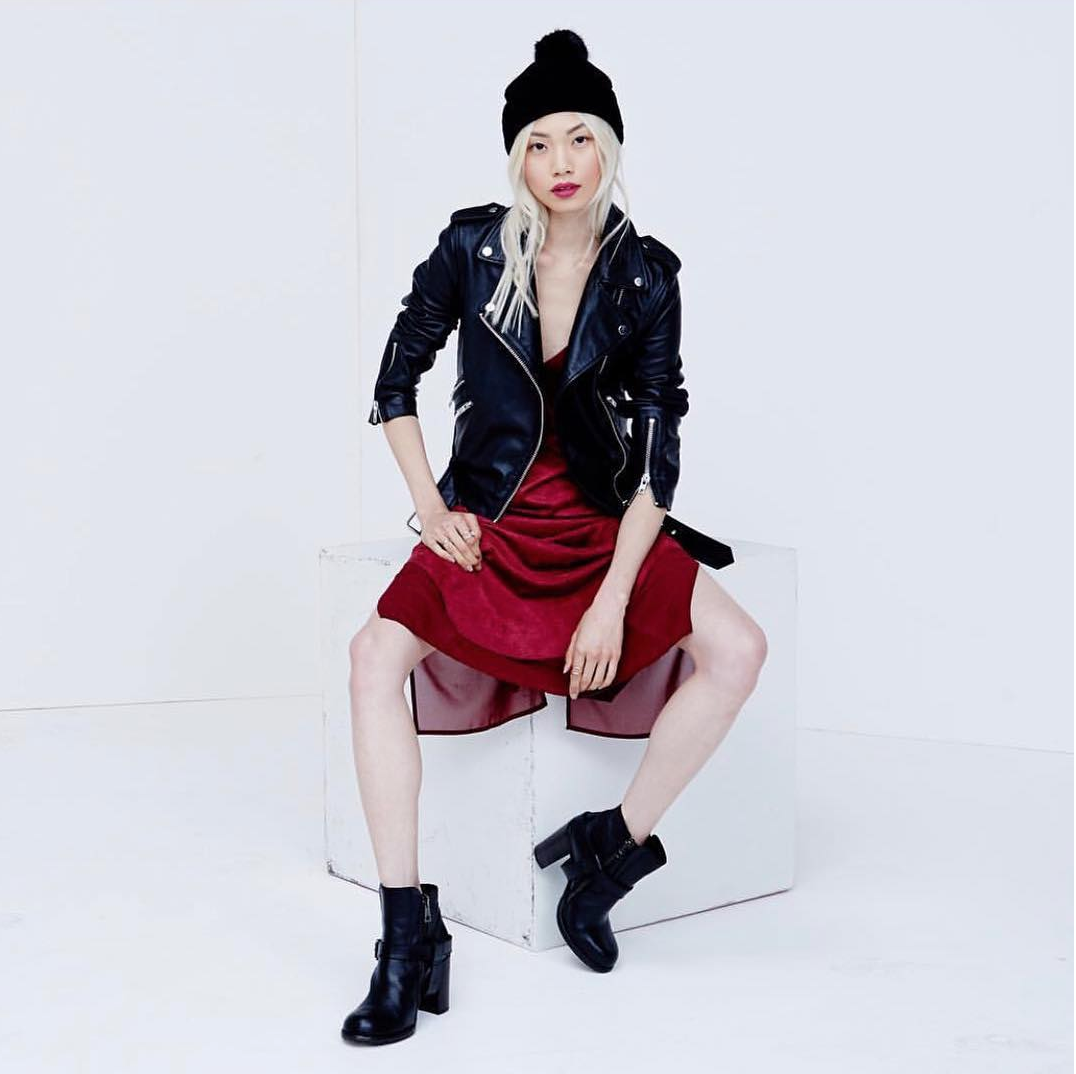
Instagram: @gracepcheng
Charlie Newman: You launched your company Mylk labs just over a year ago now. How was the idea born?
Grace Cheng: I was traveling so much for modelling and I just wanted my homemade, daily oatmeal. With my background in business, I knew I always wanted to start my own company but I just never knew what it was going to be. After my first fashion month in NY, London and Paris, I came back and knew oatmeal is what I wanted to create because it was all I could think about the entire time I was gone!
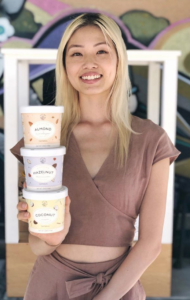
Instagram: @gracepcheng
Charlie Newman: As a woman, how have you found the experience of setting up your own business and what advice would you give to others wanting to do the same?
Grace Cheng: It’s been so exciting, but a lot of work. It took one full year of planning, sourcing and putting everything together before execution. My advice is: make sure you’re passionate about what you do, keep pushing and don’t be afraid to explore outside the box.
Read more: Designer Piet Boon on avoiding trends
Charlie Newman: Have you found the fashion world to be supportive of your newfound project?
Grace Cheng: Yes, my bookers and everyone is very understanding and supportive of my company. I’ve still yet to bridge the two together, but rest assured, it’s currently in the works. I want to be able to serve wholesome, convenient food to those in the fashion industry. This includes educating young models on eating well and being good to their own bodies.
Charlie Newman: With so much conflicting advice surrounding healthy living, it’s very easy as a
consumer to get lost within it all. What advice would you give to anyone trying to change their eating habits?
Grace Cheng: Eat based on ingredients versus calories. I always read the label to see what’s in my
food before buying and eating it, unless it’s at a restaurant of course. Always focus on wholesome
and real food as that will always be best in the long run, rather than restricting yourself on calories or low fat foods and diets.
Charlie Newman: Your products are non GMO, wholegrain, vegan and free from gluten, artificial additives and refined sugar. Why do you think it has taken the fast food industry so long to catch up with health conscious eating?
Grace Cheng: Well, to be honest, there are so many good options now so I can’t say that the fast food industry hasn’t caught up exactly, but it might have taken even longer because our world moves on “trends”. It’s weird to say it like that but people will only start to acknowledge and try something once everyone else is doing it.
Charlie Newman: Is there a health food brand you particularly admire?
Grace Cheng: Sweetgreen here in the US! They are a chain of quick service salad shops and it tastes amazing, they’re always my go to when travelling. Sweetgreen inspires me because their ability to make healthy food accessible, affordable and most importantly, delicious!
Charlie Newman: Where would you like to see your business in 5 years time?
Grace Cheng: I would absolutely love to create new product lines! I hope to become more than an “oatmeal company”. My goal is to create a company that people can recognise and trust in their daily lives, to create a culture and community of people who show themselves love through mindful living and eating. Being mindful is similar to being aware and considerate. Whether that be overall in life or day to day habits like eating a meal or staying active for example.
Charlie Newman: Lastly, who’s your role model of the month?
Grace Cheng: Coco Rocha. She’s a model turned business woman. She has her own book of poses and started a modelling camp to teach aspiring models how to move comfortably in their own skin.
Follow Grace Cheng on Instagram: @gracepcheng
Discover Mylk Labs: mylklabs.com

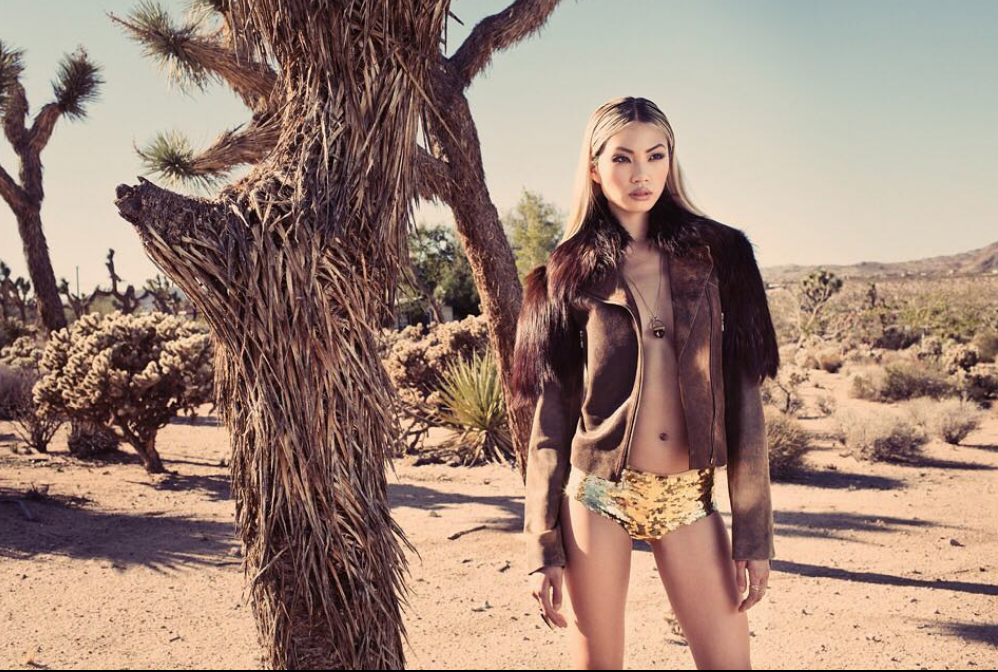
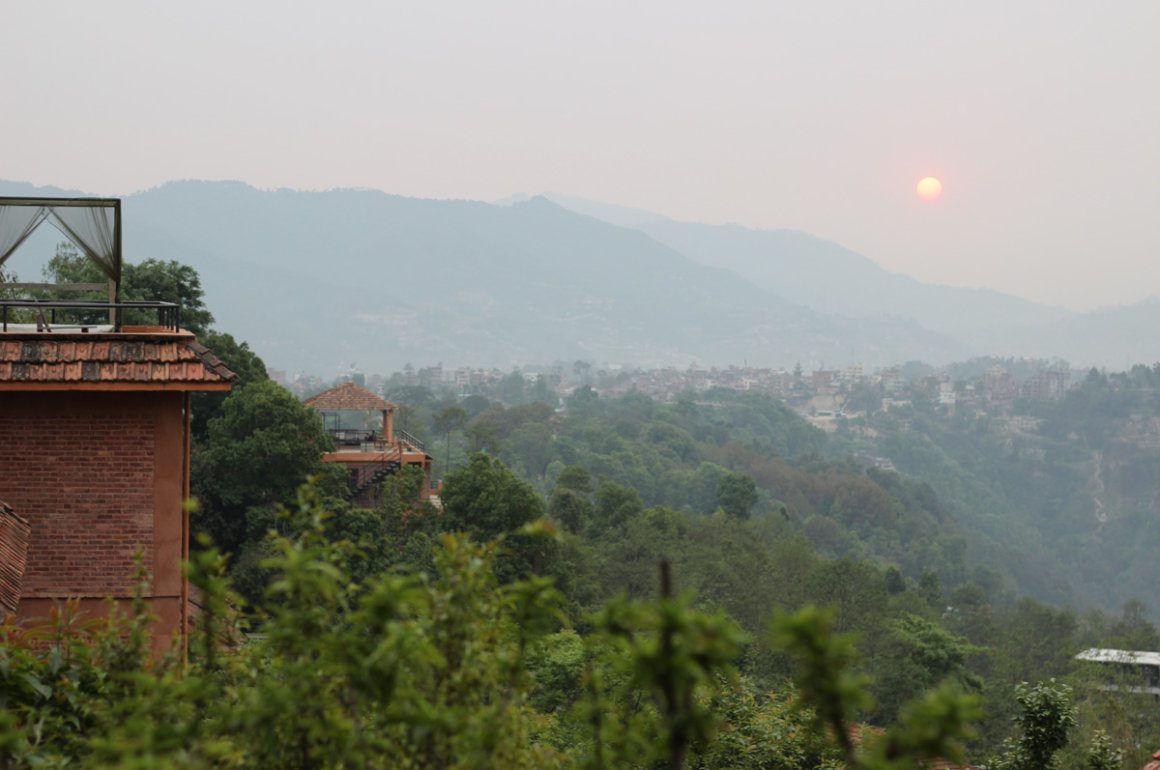


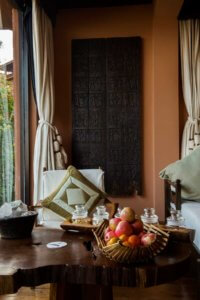
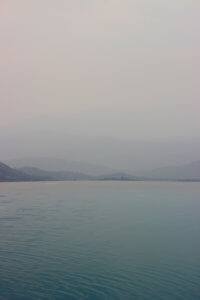

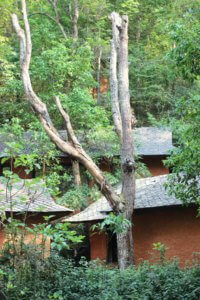






Recent Comments